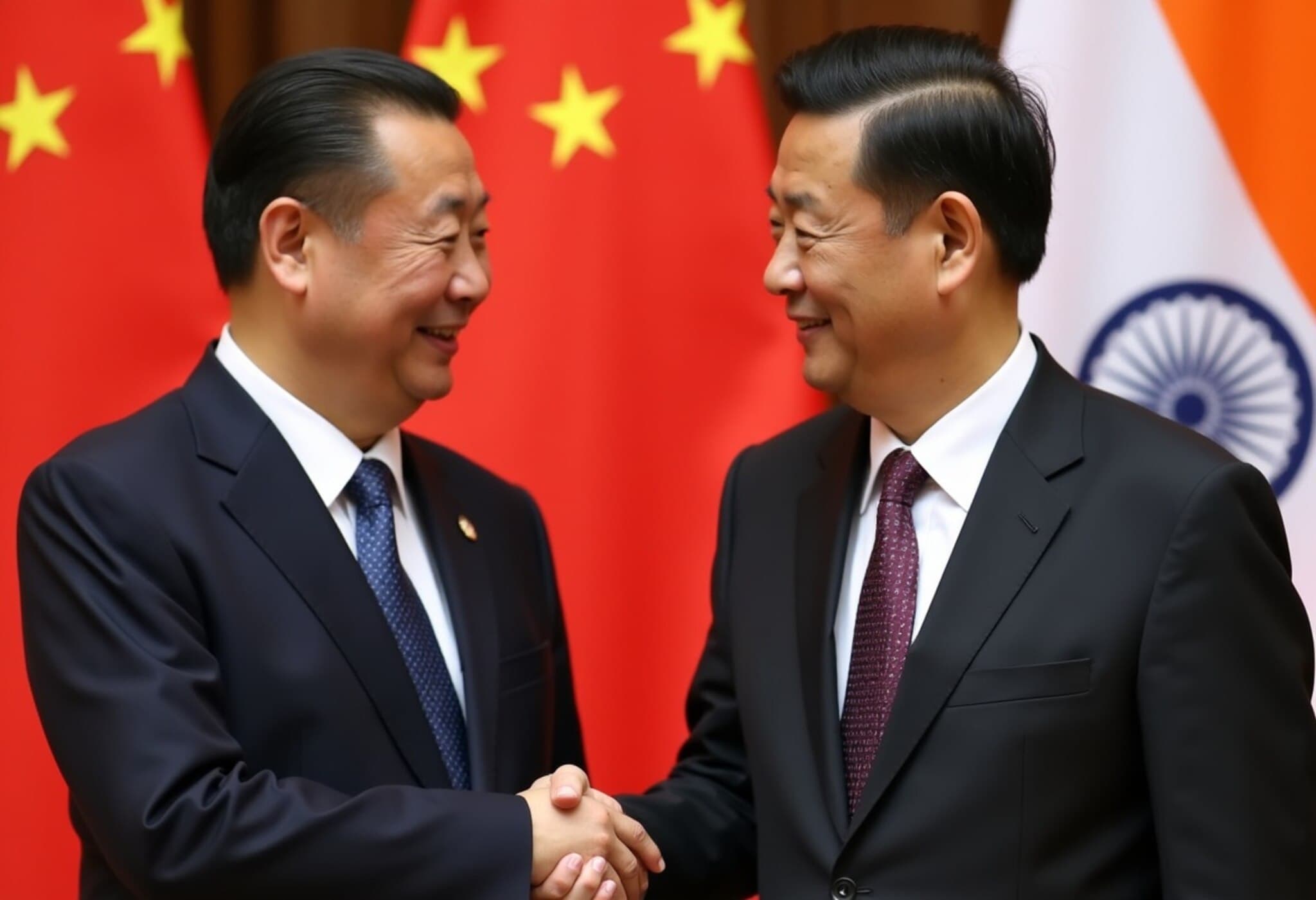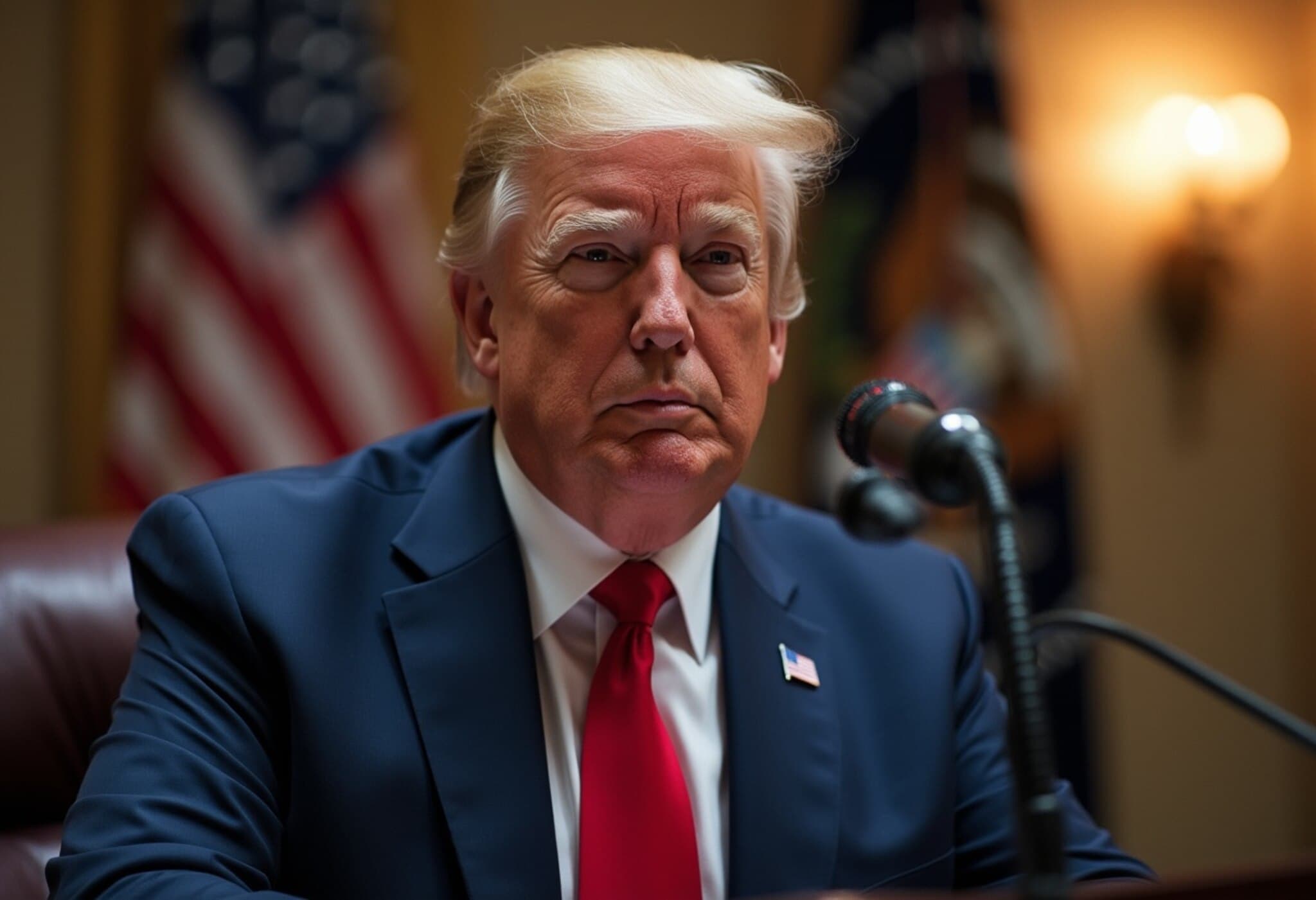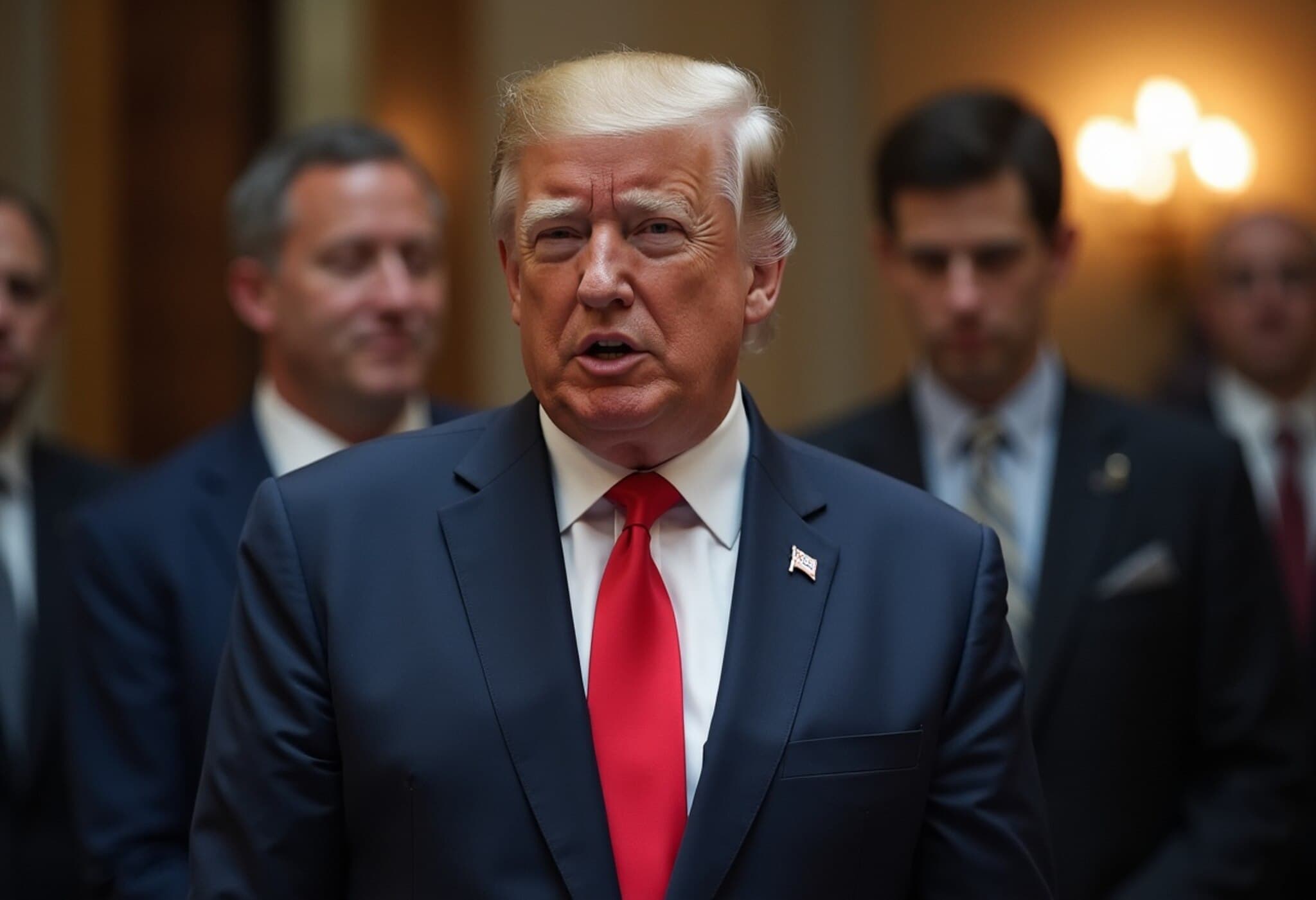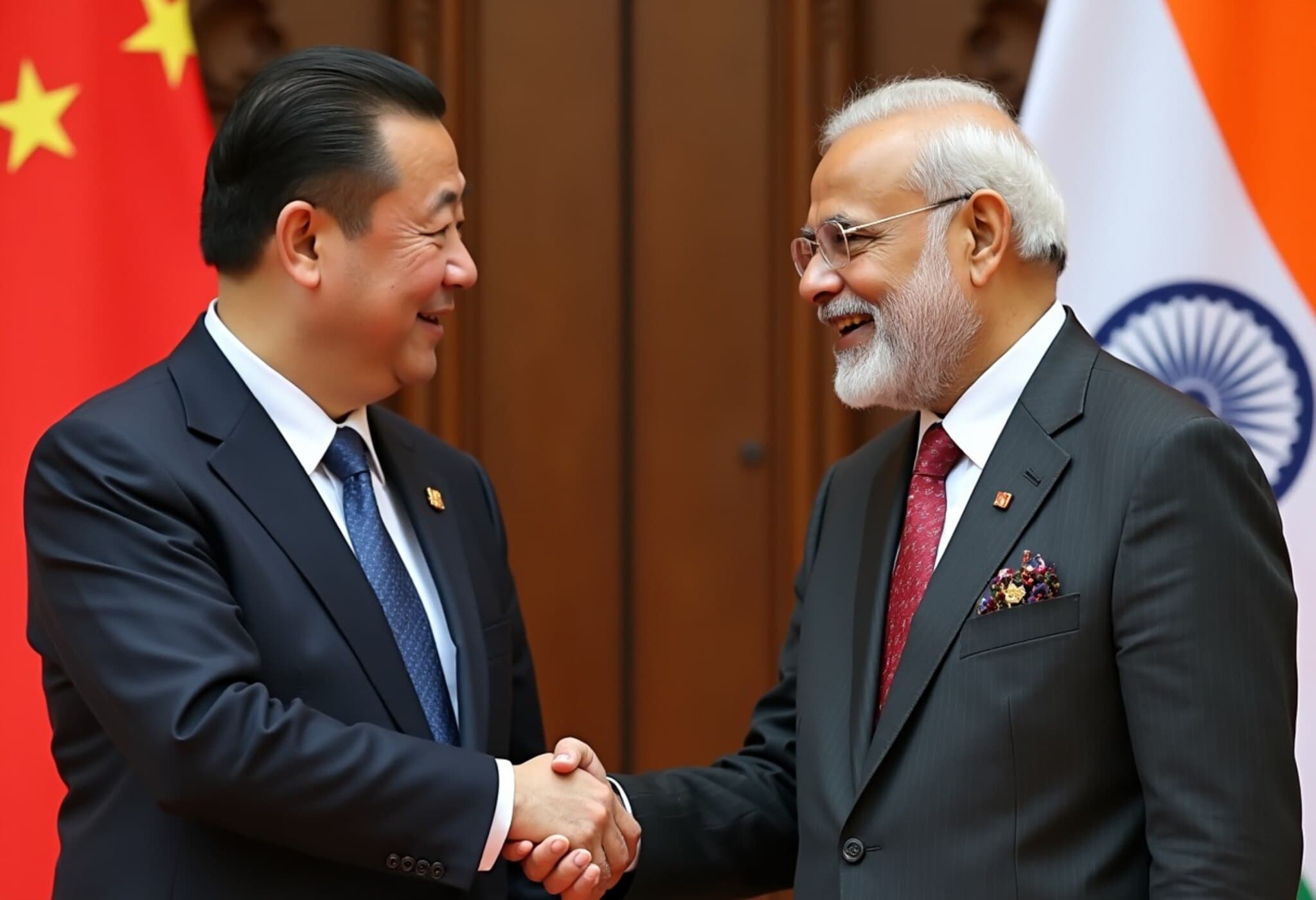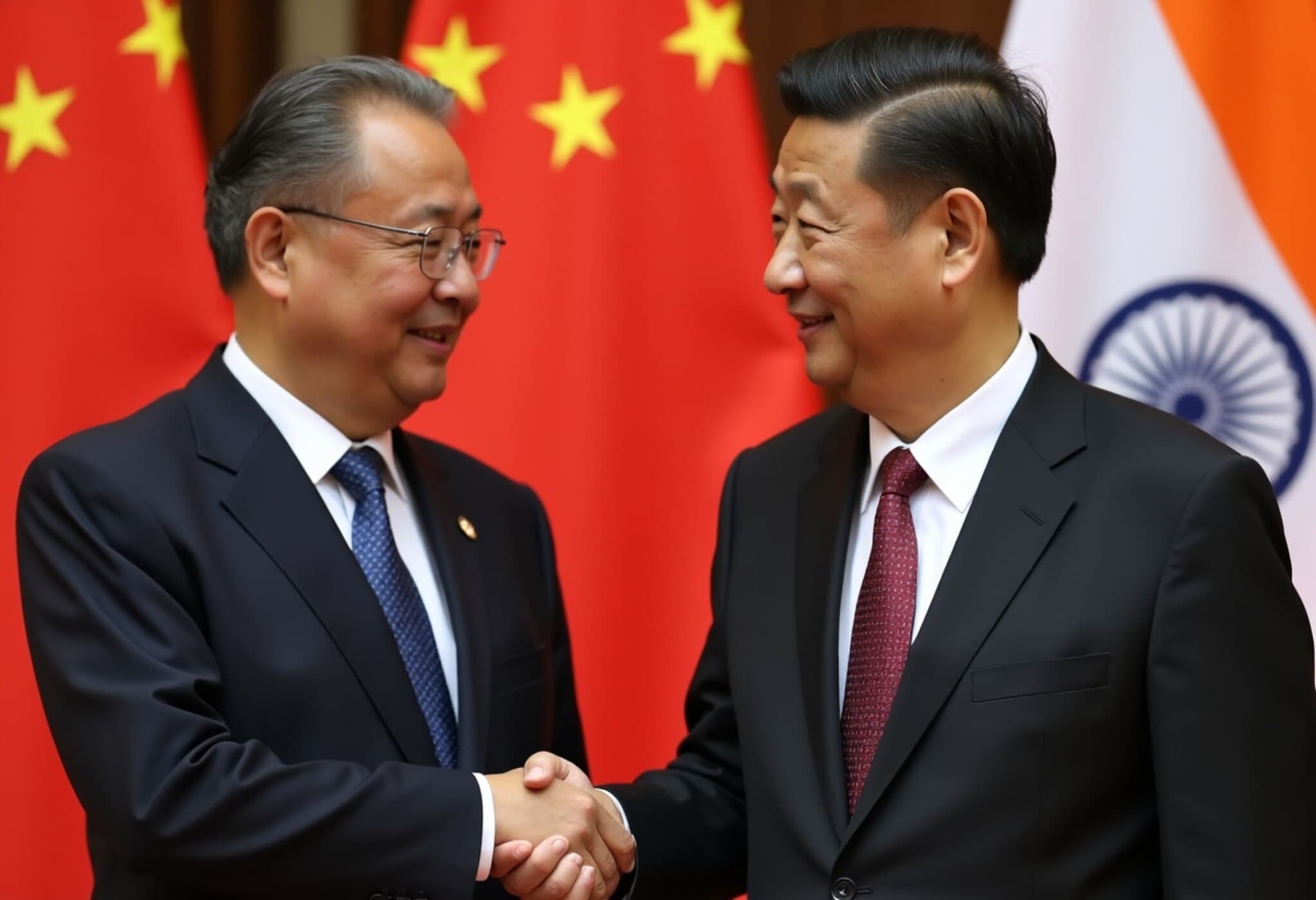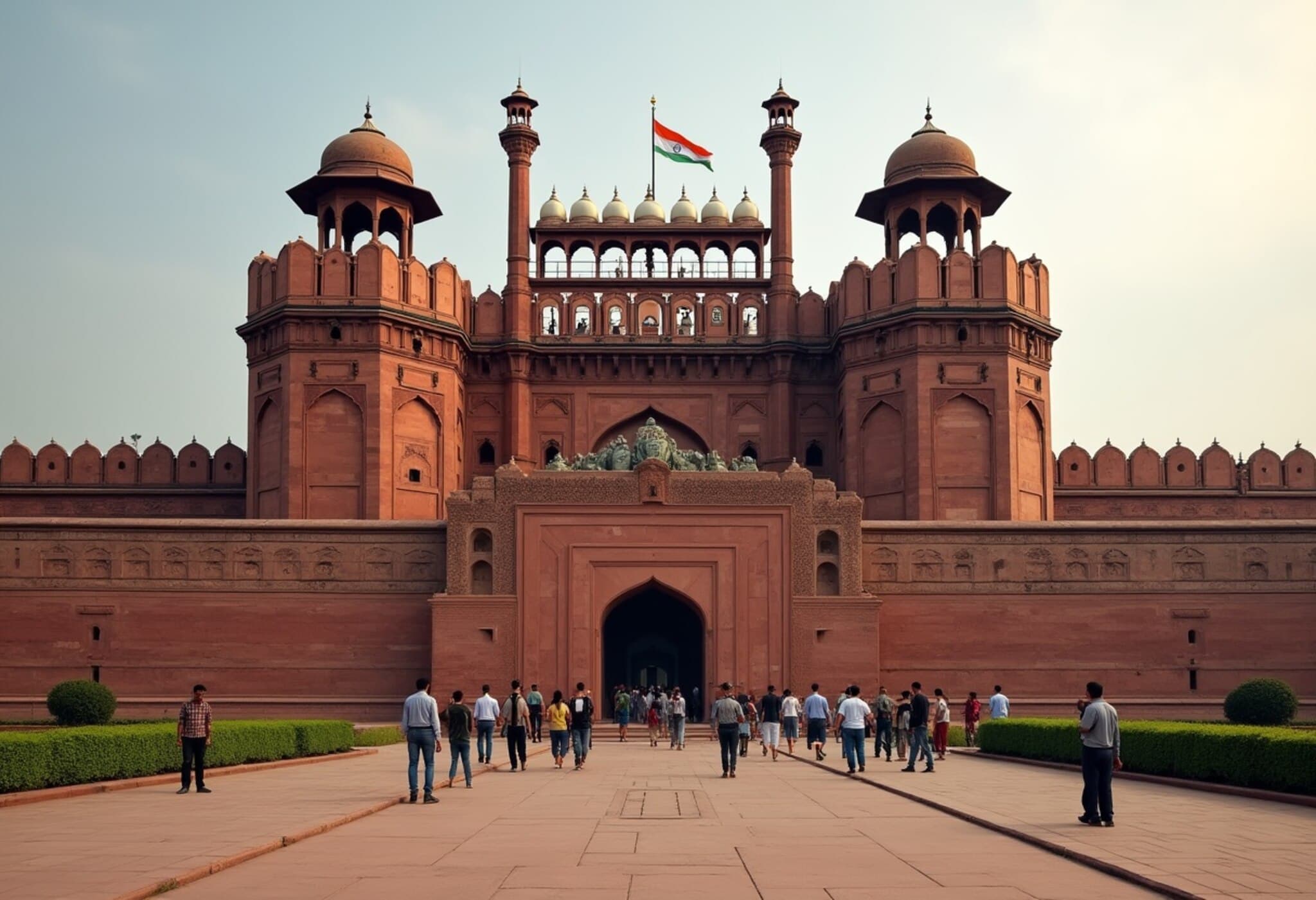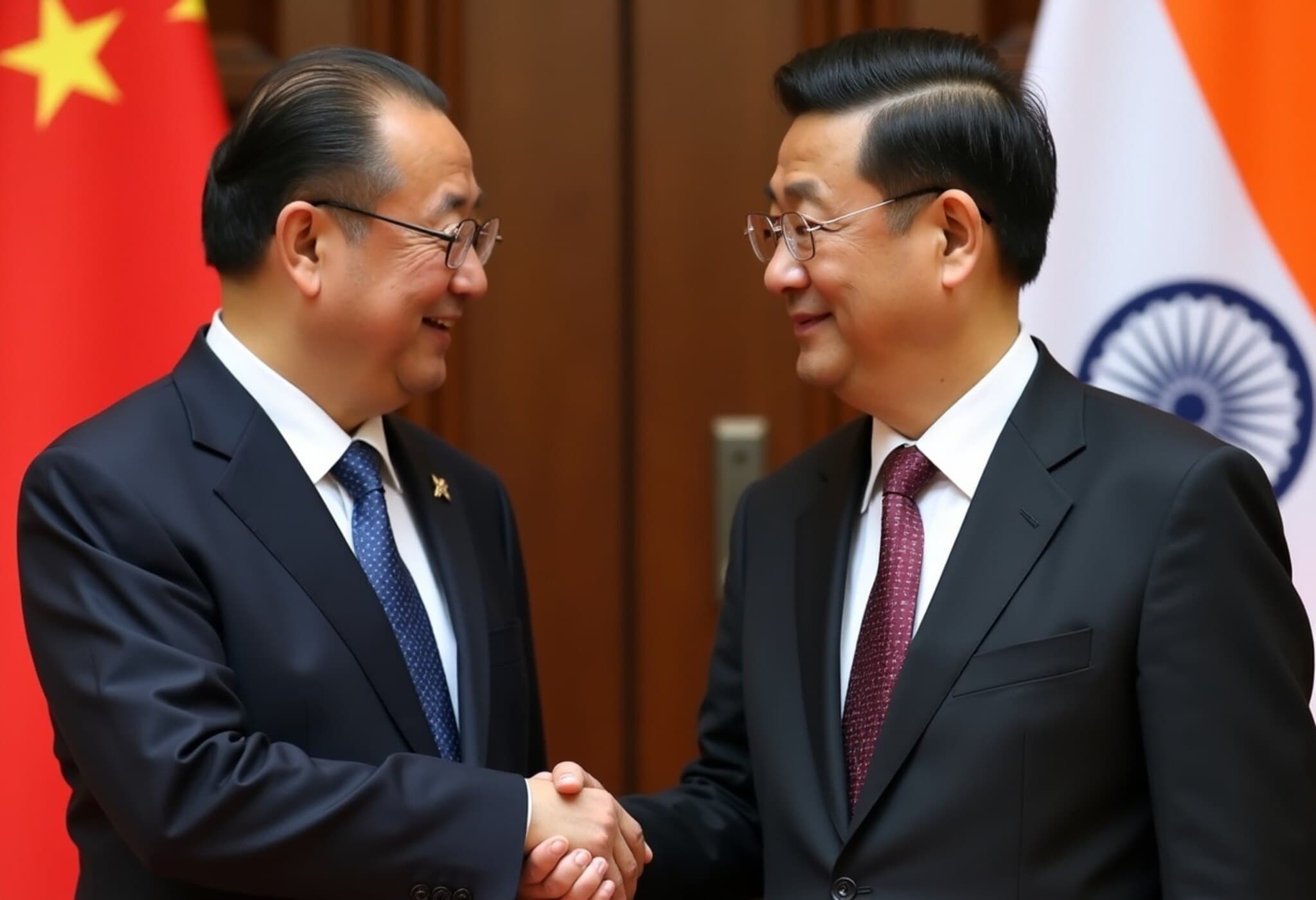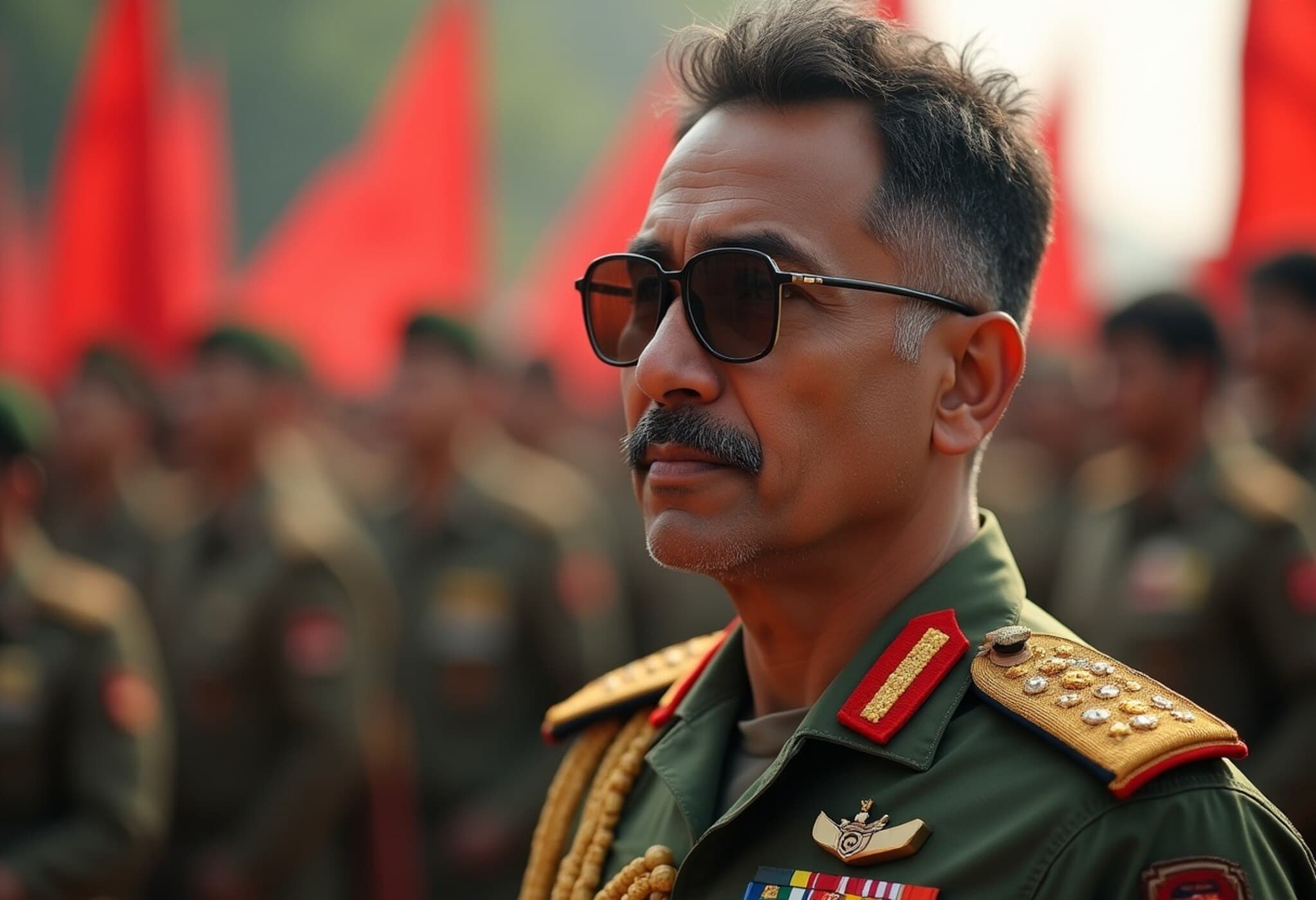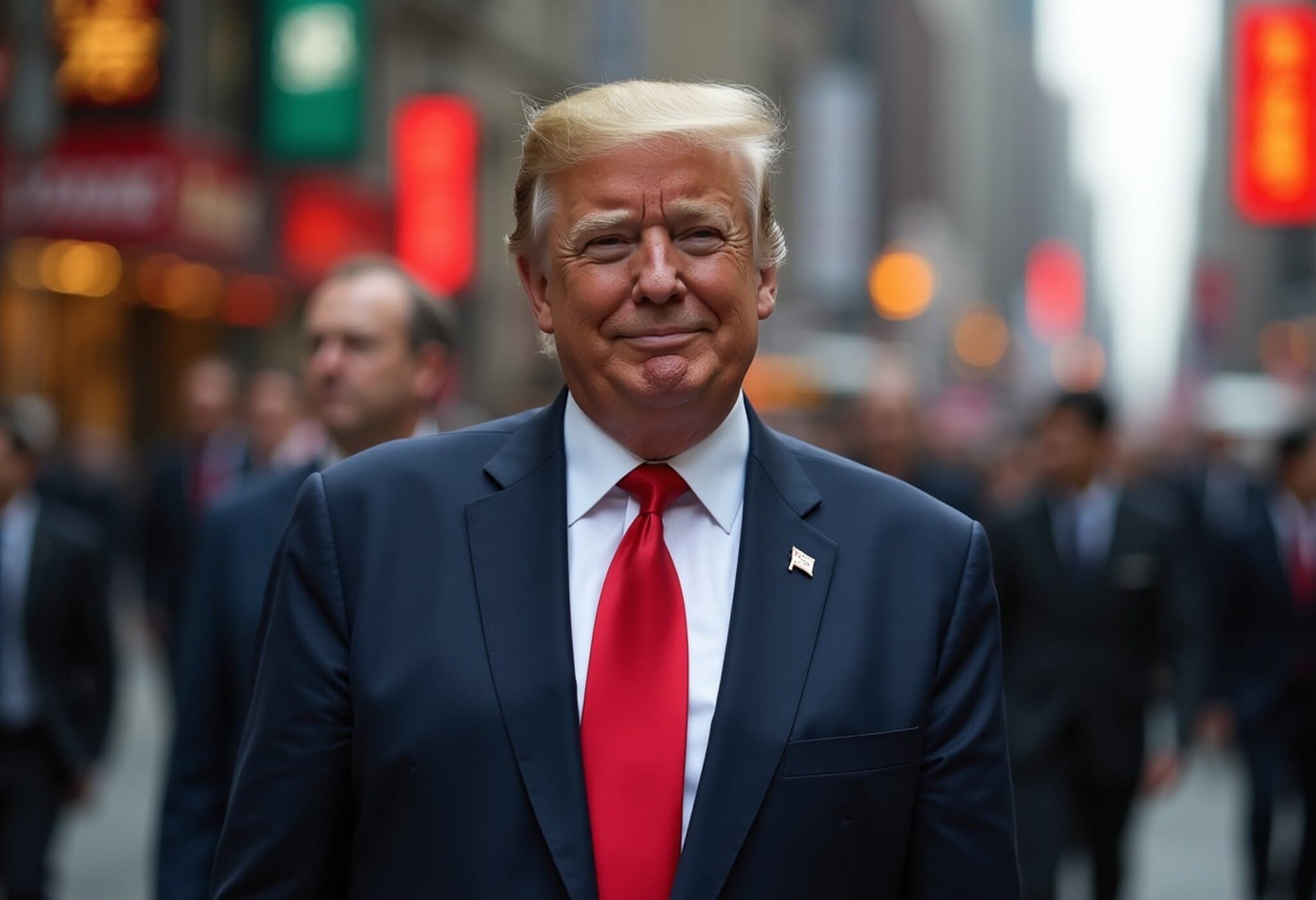China’s Foreign Minister Wang Yi Visits Delhi Amid Delicate India-China Dynamics
Chinese Foreign Minister Wang Yi embarked on a crucial three-day visit to New Delhi starting Monday to engage in boundary talks and reinforce diplomatic channels between India and China. This visit marks the 24th round of Special Representative (SR) talks on the disputed India-China border, with National Security Adviser Ajit Doval leading the Indian delegation. Alongside, Wang Yi will meet Foreign Minister Subrahmanyam Jaishankar and Prime Minister Narendra Modi, setting the stage before Modi's anticipated visit to the Shanghai Cooperation Organisation (SCO) summit.
The Nuanced Reality Behind Recent Diplomatic Engagements
While there is a visible surface-level thaw in bilateral relations—evident in symbolic gestures like the resumption of Kailash pilgrimage and eased visa restrictions—experts caution against viewing these developments as indicative of a strategic reconciliation. Eerishika Pankaj, Director of the Organisation for Research on China and Asia (ORCA), emphasizes these moves as “tactical easing” rather than a fundamental shift in the relationship. They are low-cost, calculated gestures from China, aimed at improving its international image without addressing the deeper, persistent issues that mar ties with India.
Underlying Tensions Remain Entrenched
- Border Disputes: The undefined and contested boundary continues to be a sticking point, with no breakthrough expected from the ongoing talks.
- Trade Imbalances and Economic Concerns: India faces challenges from Chinese economic pressures, including supply restrictions on critical imports and accusations of unfair trade practices geared towards hindering India’s domestic manufacturing growth.
- Strategic Mistrust: China’s continued backing of Pakistan, particularly in contentious military contexts, fuels India’s security apprehensions.
India-China Relations: No Bloc Formation Against the US
Recent speculation about India and China joining forces to counteract US trade tariffs, notably those imposed by former President Donald Trump, lacks concrete foundation. Pankaj asserts that the RIC trilateral platform (Russia-India-China) does not resonate with India’s current strategic priorities, given divergences on key geopolitical issues and India’s commitment to maintaining autonomy in its foreign policy.
China’s Anti-India Actions Undermine Any Prospect of Strategic Alignment
Despite some diplomatic overtures, China’s ongoing actions—ranging from economic coercion to strategic partnerships with Pakistan—significantly undermine prospects of any genuine partnership. These contradictory behaviors spotlight a relationship characterized more by rivalry and cautious engagement than by collaborative warmth.
Looking Ahead: Managed Hostility and Selective Engagement
The India-China relationship is anticipated to remain complex and uneasy, oscillating between cautious diplomacy and persistent mistrust. Following the partial resolution of tensions in Ladakh last year, Indian military leadership, including Deputy Army Chief Lieutenant General Rahul R Singh, has highlighted China as a ‘backdoor adversary’, emphasizing the multi-front security challenges India faces.
Eerishika Pankaj characterizes future ties as one of managed hostility: countries will engage selectively in low-risk areas while keeping strategic barriers firmly in place, particularly in trade, security, and diplomacy.
The Role of US-India Relations in India-China Dynamics
The erratic nature of the US under leadership like Trump injects unpredictability into regional geopolitics but is unlikely to recalibrate the foundational rivalry between India and China. Ironically, some US actions—such as increased tariffs on Indian goods and criticisms regarding Kashmir—may inadvertently benefit China by sowing divisions and distracting India’s focus.
Strategic Autonomy and Multilateral Partnerships
In response to global shifts, India continues to uphold its principle of strategic autonomy. Instead of forming formal alliances with China, India is expanding collaborations with like-minded democracies, especially within frameworks like the Quad, which includes Japan, Australia, and the US. Yet India recognizes the need for flexibility, given the changing political moods in Washington and Beijing.
Experts highlight India’s intent to bolster bilateral and trilateral partnerships in the Indo-Pacific independent of direct US sponsorship, focusing on diversified arrangements that sustain regional security.
Conclusion: Cautious Engagement Amid Deep-Seated Rivalry
India-China ties are navigating a delicate pathway, balancing diplomatic engagement with hard realities rooted in unresolved disputes, strategic mistrust, and competing global ambitions. While recent talks and visits provide hopeful optics, the underlying relationship remains characterized by transactional diplomacy, strategic caution, and enduring challenges that will likely persist well beyond upcoming international summits.
Editor's Note
The evolving India-China relationship encapsulates the intricate dance of contemporary geopolitics: cooperation entwined with conflict, gestures shadowed by suspicion. For policymakers and observers alike, the key question remains—can these two Asian giants forge a stable modus vivendi amid their contrasting global visions? Or will tactical moments of easing merely cloak a prolonged strategic rivalry? As New Delhi and Beijing approach the SCO summit, the world watches not just for agreements on paper but signs of genuine transformation in this consequential bilateral relationship.

